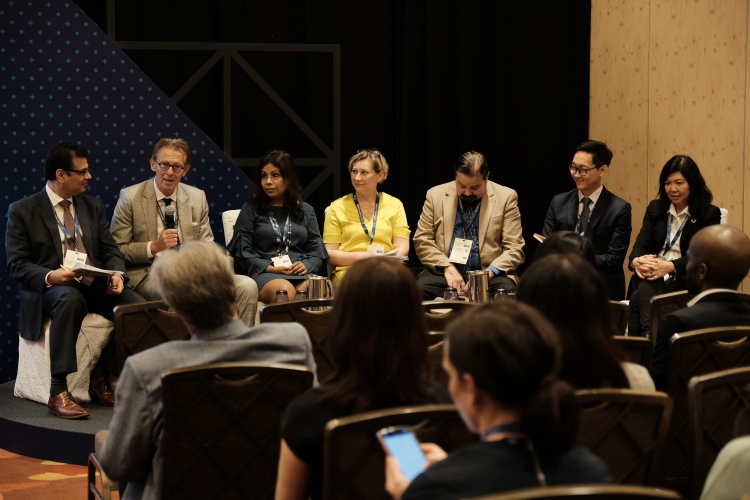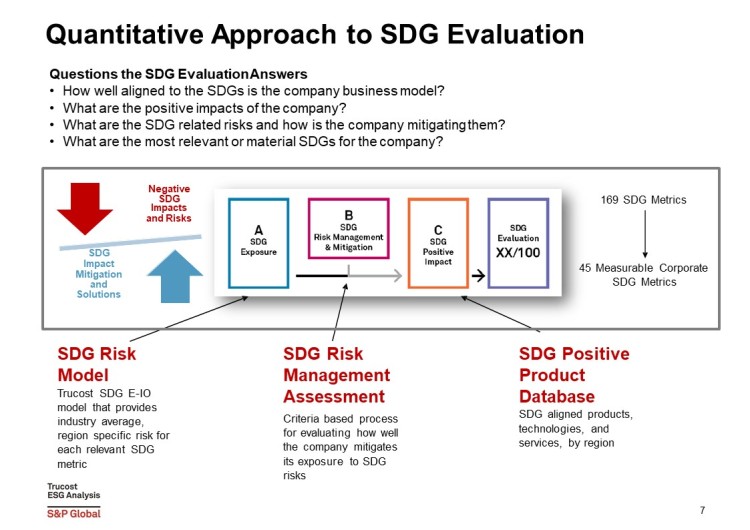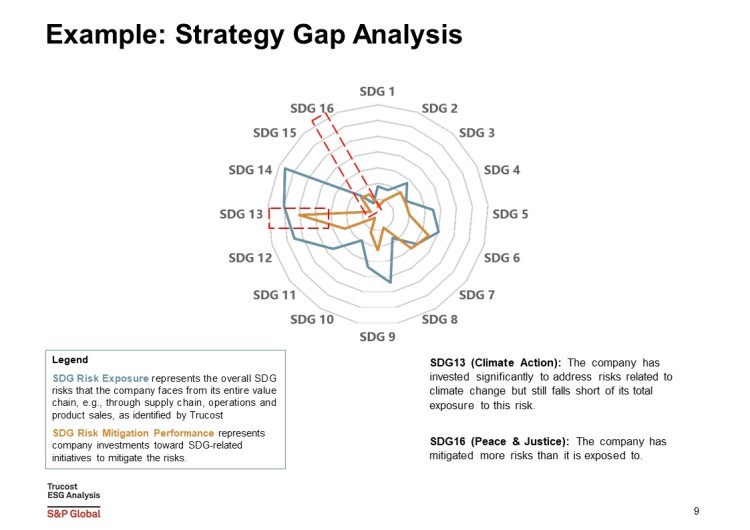By: Lavanya Prakash
This is part 2 of the series on the Innovate4Climate Conference. Check out Part 1 here.
The other workshop I attended was the People-first PPPs for Climate Resilient Infrastructure: Building on Sustainability & Value for People. The panelists spoke passionately about the devastating impact of climate-crisis related disasters on people, highlighting the need for people centric or people-first PPPs, and how they are a strategic necessity to ensure finance is leveraged for building climate resilient buildings, homes, hospitals and other infrastructure.

Why we need PPPs
Many public-private partnerships have not been aligned with the UN SDG’s in a way that puts people at the core, rather they focus on value for money. There is criticism as a result that civil society has for the private sector, saying they lack transparency and credibility. According to the one of the panellists from UNECE (United Nations Economic Commission for Europe), ideally it would be great if the government could achieve the SDG’s themselves, but PPPs are a strategic necessity, because they ensure access and equity and are economically effective. To improve PPPs, private sector can be incentivised by impact assessment tools, which the speaker from S&P Global went into depth about. The UNECE runs a program that is trying to achieve 500 PPPs about haemodialysis, renewable energy, water sanitation projects, small-scale agriculture, refugee camps, etc.
The urgency for climate resilience
The speaker from SDG.17 Consulting GmbH shared some statistics and the importance of PPPs- last year, there were 350 climate related disasters that occurred, which affected 68 million people around the world, causing around 5,000 deaths. Reviewing all the infrastructure PPPs by World Bank, none of the 16 policy frameworks reviewed had any mention of climate resilience. Therefore, we need to move from reactive to proactive measures. All healthcare facilities should be climate resilient as during natural disasters, people look for shelter, medical services, food and water in hospitals. The speaker shared a poignant quote to highlight the emergency of the climate crisis ~ “We are the first generation that can end poverty, and the last that can end climate change” – Ban Ki-moon
PPPs in practice
The speaker from International Sustainable Resilience Centre from New Orleans gave a thought-provoking talk, highlighting the emergency and need for action. He said that when talking about the cost of climate mitigation and preparedness – we should be talking about costs of not doing these things rather than the cost of doing them. In the area of PPPs, lot of innovations occurring. He shared an example of a PPP model in Cancun, located on the coast of Mexico. Cancun is affected by rising temperatures, disasters, pollution and the stourism industry took it upon themselves and pledged a voluntary assessment – 22 million worth of bonds to improve coasts, coral reefs, to assist in protecting reefs and coastlines.
Where the private sector comes in
Finally, the speaker from Trucost from S&P global shared the private sector perspective. The government has policies to track progress on SDGs, but what about companies? The company designed an SDG evaluation tool- a data driven and quantifiable metric, which companies can use can approach different investors to show their contribution to the different SDGs.


Closing Thoughts
All in all, the Innovate4Climate conference was thought-provoking and an insightful learning experience. I appreciated the availability of plant-based options for the meals & snacks, and usage of water jugs instead of plastic bottles for the speakers and attendees. In the future, I would have liked there to be more time in between the workshops to be able to network with the speakers, and more of a dialogue or focus group session where we could more closely interact with the panelists.
I hope you learnt something new from this series on Innovate4Climate. Look forward to more articles and opinion pieces on environmental issues, as well as our key takeaways from events & conferences.
Lavanya Prakash
Vice-President (Partnerships)
27th Managerial Committee (AY19/20)
Disclaimer: All thoughts are the author’s own, and do not represent NUS SAVE or any other organisation’s views.